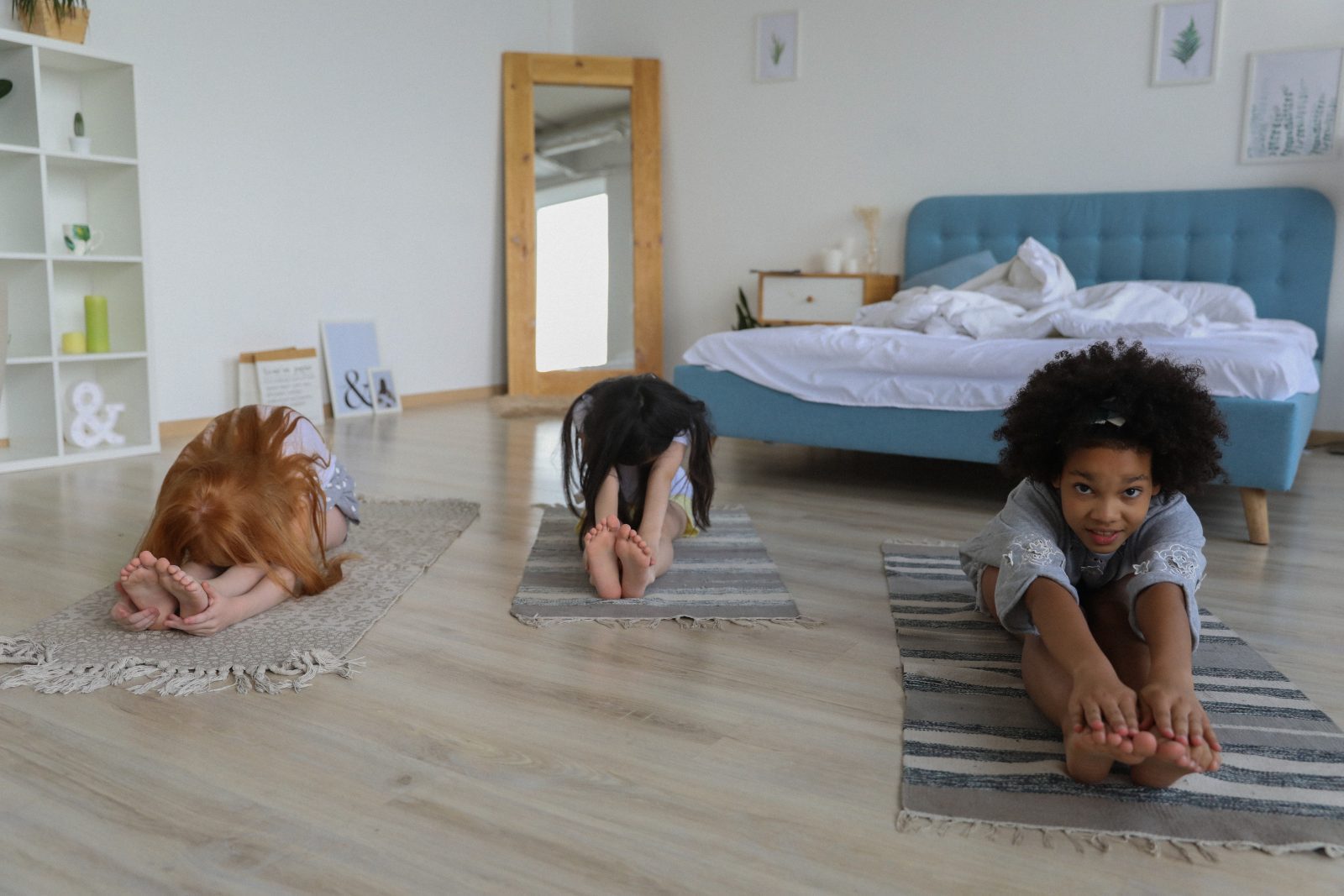Sports Physicals for Children

by Michael R. Downs, M.D.
Sports related injuries among children have shown a sharp increase over the last decade with more than 3.5 million kids being treated for sports related injuries each year.
While proper treatment of injuries is important, prevention is always better. The CDC states more than half of all sports injuries in children are preventable. Sports physicals, more properly called preparticipation evaluations (PPE), represent the first line effort at prevention.
The purpose of the PPE is to promote health and safety of those participating in any sport or athletic activity by detecting health conditions that could predispose an athlete to injury or illness.
PPEs are required by most states starting at the junior high level for those participating in school sponsored sports. However, 60 percent of children play sports outside of school such as league sports or other strenuous physical activities such as baseball, soccer, football, cheer, dance, or gymnastics. These organizations often do not require a formal PPE but only ask parents to sign a waiver indicating their child is healthy enough to participate.
The importance of prevention measures such as PPE are important in children under junior high age can be realized when we learn that children ages 5 to 14 account for nearly 40 percent of all sports-related injuries treated in hospitals.
PPEs should be scheduled at least six weeks in advance of beginning a sport. This allows time to evaluate and treat any medical or orthopedic problems before a sport season begins. If there is an existing injury or condition, it is the goal of the physician performing the physical to make recommendations for recovery, so that the child may begin or resume physical activity. At times this may include physical therapy or other long-term treatments and exercises. Often times, children who were previously unable to play a sport receive treatment that will allow them to participate.
Your regular physician can perform the PPE at the same time as a regular physical, but it is important to note that they are not the same thing. In some cases your child may benefit by being examined by a provider with experience in sports medicine.
During the sports physical, the physician will focus on two main components: the physical examination and extensive medical history. While most patients and their guardians presume the physical examination will have the most importance, it is actually the patient and family medical history that identifies the most important areas of concern. A thorough medical history can identify 88 percent of medical conditions and 67 percent of orthopedic conditions of concern during the PPE. To ensure accuracy, it is important for a parent or guardian to complete the medical history form – teens that completed the form without the parent only had correlation in 19 to 39 percent of answers provided.
After the PPE the athlete may be given a full clearance before participation. This indicates there were not any significant indicators of illness or injury during the PPE. Physicians will sometimes give a clearance to participate with limitations if there are injuries that can be treated or in the event contact sports are not recommended. In some cases, the physician will recommend exclusion until further evaluation can be made. This may require a follow-up with a specialist, depending on the diagnosis. If the athletes fall into a restricted category, they can discuss with the provider, their parents, and coaches, on the risks of playing the sport of their choosing, or the provider can assist them in selection of a sport that would not interfere with their condition.
Injuries that require physician evaluation:
- Any suspicion of concussion
- All eye injuries
- Visible deformity
- Inability to fully move a
joint, leg, or arm - Inability to bear weight
and walk - Any time there is concern
of heat stroke - Pain that does not improve with rest and treatment
A comprehensive PPE form can be downloaded and taken to your child’s physician for completion: www.amssm.org/PPEMono.php and take to your child’s physician for completion.









